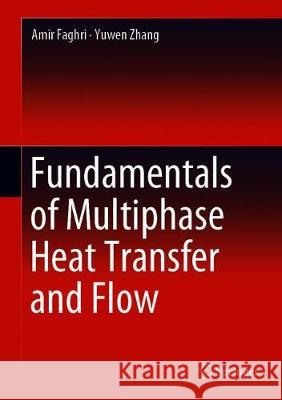Fundamentals of Multiphase Heat Transfer and Flow » książka
topmenu
Fundamentals of Multiphase Heat Transfer and Flow
ISBN-13: 9783030221362 / Angielski / Twarda / 2019 / 820 str.
Fundamentals of Multiphase Heat Transfer and Flow
ISBN-13: 9783030221362 / Angielski / Twarda / 2019 / 820 str.
cena 603,81
(netto: 575,06 VAT: 5%)
Najniższa cena z 30 dni: 578,30
(netto: 575,06 VAT: 5%)
Najniższa cena z 30 dni: 578,30
Termin realizacji zamówienia:
ok. 22 dni roboczych.
ok. 22 dni roboczych.
Darmowa dostawa!
Kategorie:
Kategorie BISAC:
Wydawca:
Springer
Język:
Angielski
ISBN-13:
9783030221362
Rok wydania:
2019
Dostępne języki:
Ilość stron:
820
Waga:
1.75 kg
Wymiary:
25.65 x 18.29 x 4.32
Oprawa:
Twarda











